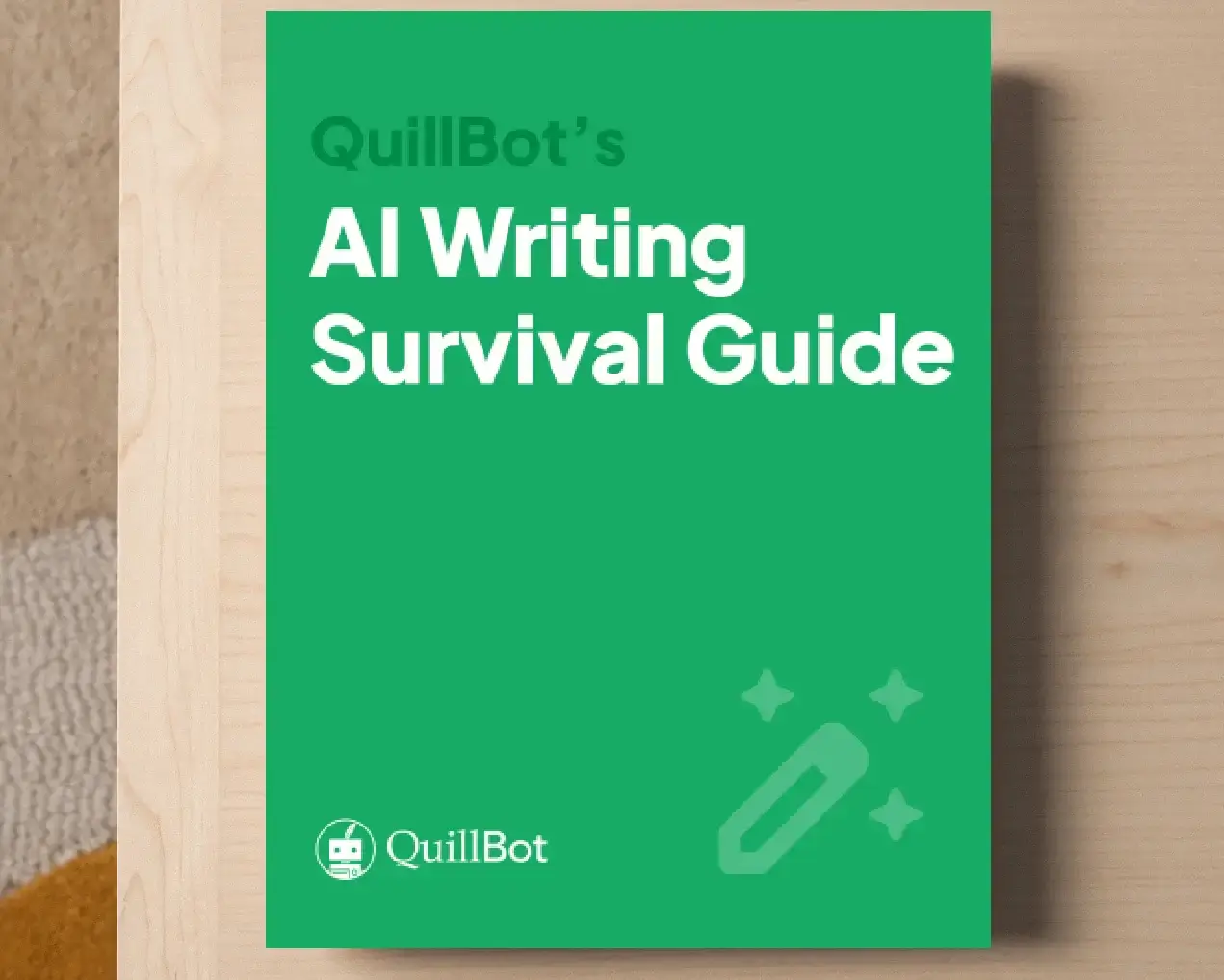The short (and unsatisfying!) answer is: it depends.
Opinions on the ideal blog post length range anywhere from 300–500 words (with the thought that short-form content keeps your reader’s attention) to 1,500–3,000 words (because a longer post means someone will stay on your site longer). But the real answer is governed by what and why you’re writing.
If you’re trying to attract more people to your blog by driving up SEO, you want to increase dwell time—how long someone spends reading your blog. In this case, longer is probably better, because people will generally spend more time reading a longer post. However, if they see a boring wall of text, they might click away before they read anything.
Rather than fixating on word count, it may be more helpful to focus on content. If your post delivers well-organized, high-quality information, people will stick around to learn more. Use headings to break up information, include enough detail to make reading worth their time, and skip the fluff—think about the most valuable information your article is providing and emphasize it.
If you’re pressed for time, AI can serve as a powerful writing aid. Use tools like QuillBot’s free AI blog post generator to create that first draft in seconds.
